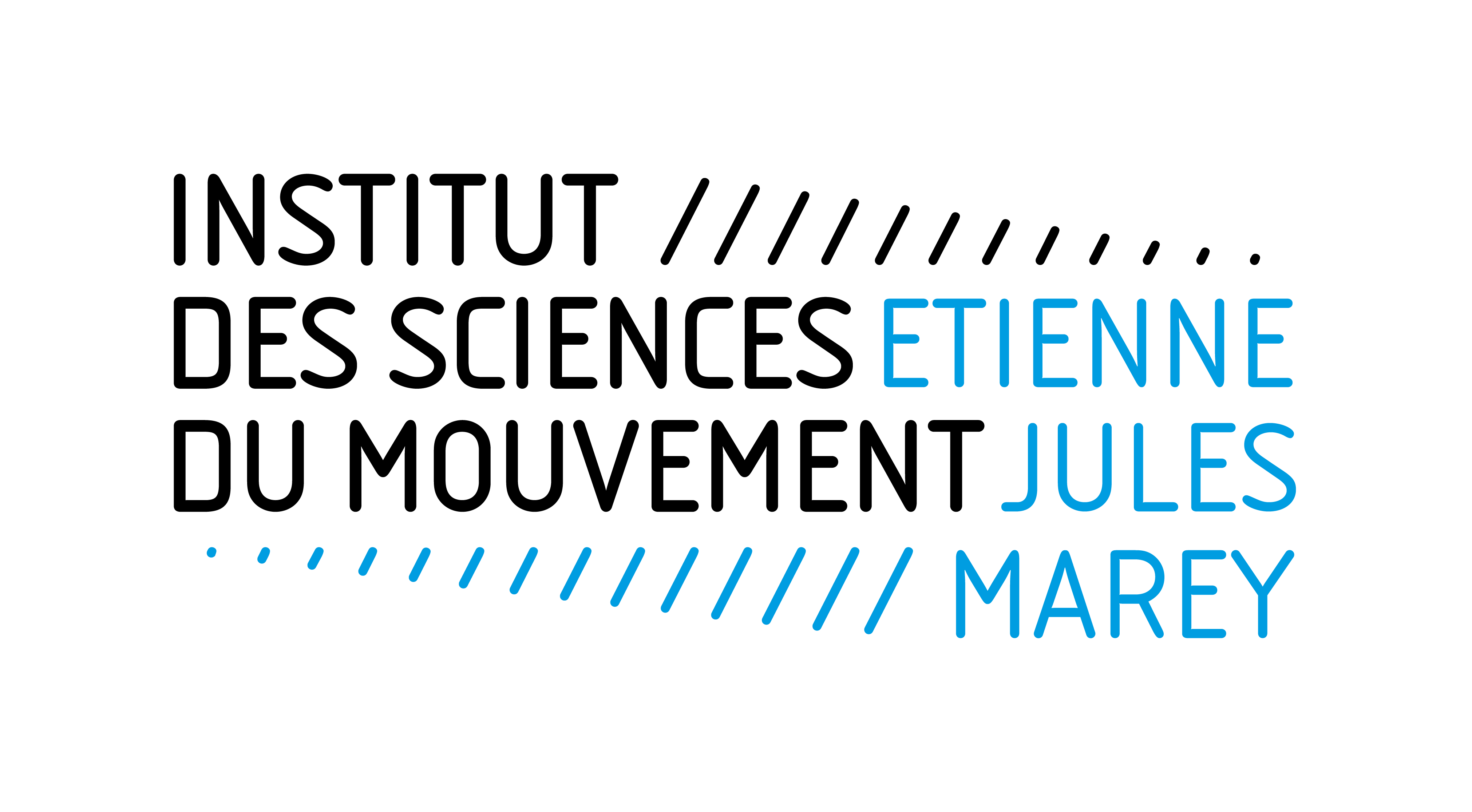2 séminaires à l'ISM le mardi 24 juin 2025
de 12 à 13h en salle des thèses de la FSS
Talk 1: from 12:00 to 12:30 pm,
invited by J. Serres
by George Kolyfetis (University of Konstanz)
Title: How does a bee see the sky? Modelling insect polarization vision
Abstract: Insects’ survival and fitness heavily relies on their ability to direct their behaviour and navigate in a changing visual environment. Among other external cues, insects use the polarization pattern in the sky as a robust source of information to aid them find their way home or maintain a steady course. Thus, many insects can turn skylight polarization information into a polarization compass. During my PhD project, I attempt to computationally simulate insect polarization vision through the DRA (Dorsal Rim Area) and model the polarization compass using natural sky images for various representative insect species. My model predicts how well different species estimate the position of the sun and thus navigate, under a variety of sky conditions. My work aspires to enable an in-depth analysis of DRA-related functional and structural parameters crucial for navigation.
Short bio: I am a 2nd-year PhD student at the University of Konstanz and the Cluster for the Advanced Study of Collective Behaviour. My background lies in Biology (BSc from the University of Athens) and Evolutionary Biology (MSc from Uppsala University and Ludwig Maximilian University of Munich). During my MSc studies, my research revolved around polarization vision in teleost fish and genomic analysis of perception-related genes in birds. I am very interested in all aspects of perception and sensory systems. My PhD project in the Foster Lab deals with the modelling of insect polarization vision and navigation, i.e. how insects turn sky polarization patterns into an internal compass.
Talk 2: from 12:30 to 1:00 pm
Frida Hildebrandt (University of Konstanz)
Title: Interpreting the Honeybee Waggle dance: Accuracy and Recruitment Network Dynamics
Abstract
Honeybees communicate the location of profitable food sources to their nestmates through the waggle dance — a stereotyped behavior that encodes both the direction and distance to a food source relative to the hive. The success of recruitment via the waggle dance depends on multiple factors, including the profitability and safety of the food source. It has also been suggested that the experience and reliability of the dancing forager may influence recruitment success. However, the dynamics of the honeybee recruitment network have not yet been thoroughly investigated.
In my PhD project, I study the honeybee waggle dance to better understand how honeybees interpret navigational cues, how they use these cues to make foraging decisions, and how recruitment networks are structured within the colony.
Bio
I completed my MSc project in the Insect Sensory Ecology and Cognition Lab at the Department of Zoology, Stockholm University. My thesis focused on the visual system of bumblebees, where I conducted a comparative study of ocelli size and brain size across different bumblebee species that navigate in diverse habitats in Sweden.
Currently, I am a PhD student in the Foster Lab at the Department of Neurobiology, University of Konstanz. Our lab investigates how social and semi-social insects, such as bees and locusts, perceive and respond to polarized light. We combine state-of-the-art statistical modeling with innovative techniques for reproducing polarized light conditions in the laboratory.

